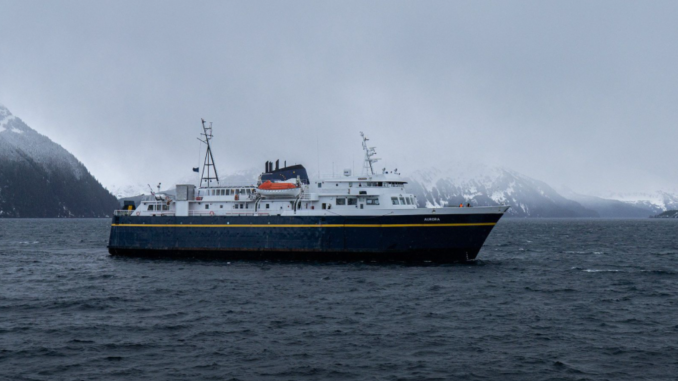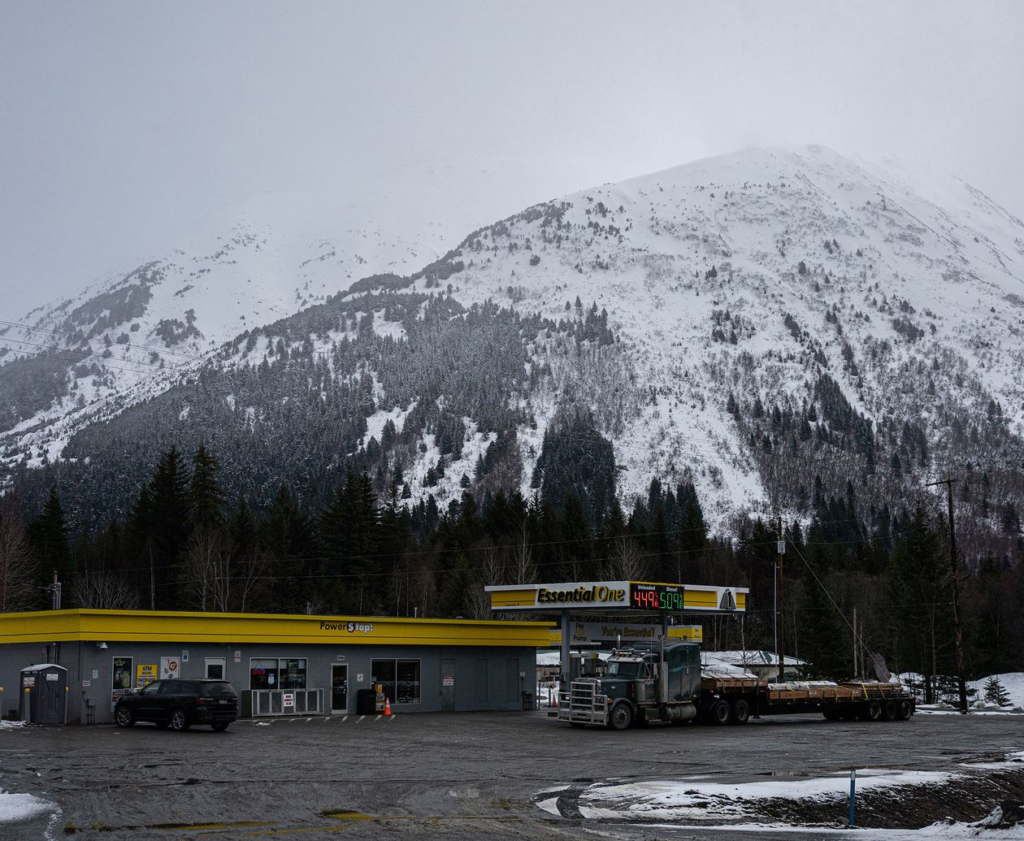
Soaring oil prices have brought Alaska its biggest budget surplus in nearly 20 years, along with a debate in Juneau over whether to spend the money on education and infrastructure or save it for the next downturn.
Over the past year, the price for a barrel of Alaska North Slope crude has nearly doubled to $114.93 as of Thursday. Taxes and royalties from oil and gas production in Alaska generate about half the state’s general fund.
The bonanza will boost state revenue for the two-year period ending in June of 2023 to $15.3 billion, according to an estimate from the Alaska Department of Revenue. Last year, officials estimated that number for the period that began July 1, 2021, would be $11.7 billion.
In a state where the government spends about $6 billion a year and tax and royalty revenue can swing widely depending on oil prices, officials agree the projected surplus is a rare opportunity. “There’s no doubt this allows for a lot less uncertainty in our budget,” said Neal Fried, an economist for the state Department of Labor.

Gov. Mike Dunleavy and some fellow Republicans want to bank most of it for a rainy day. Many Democrats, who share control of the lower house of the legislature with the GOP, want to lock in education spending a year in advance, so school budgets can’t be cut if future revenue falls short.
A number of states are enjoying surpluses thanks to the improving economy and federal aid tied to the pandemic, but oil-rich states are in a particularly strong position, particularly after the price of oil jumped more than $20 a barrel following the Russian invasion of Ukraine a month ago. While that has meant pain at the pump for motorists, New Mexico, North Dakota, Oklahoma and Wyoming all expect to exceed their previously estimated revenue from oil production proceeds, according to the National Conference of State Legislatures.
Alaska’s dependence on oil revenue began in the 1970s, when construction of the Trans-Alaska Pipeline unleashed a torrent of riches.
That began to change a decade ago, when oil prices began to fall at the same time production in North Slope fields was declining.
Since 2013, lawmakers in this state of 730,000 people have covered deficits by drawing on rainy day accounts that previously totaled $19 billion. Last year, about $1 billion was left in them.

Bill Popp, chief executive of the Anchorage Economic Development Corp., a nonprofit economic development organization, said the turnaround in oil prices gives lawmakers time to address the structural problems of the budget that recent deficits have revealed, including unstable revenue and high costs of importing goods and recruiting staff for schools and other government services in remote areas of the U.S.’s largest state by geography.
Along with tax revenue, Alaska draws more than $3 billion annually off a portfolio called the Permanent Fund, where it has invested a portion of its revenue off oil production for decades.
The state also sends residents a check from the fund’s revenue. Last year, they were $1,114 each. Mr. Dunleavy has proposed more than doubling that, in part to help residents cope with inflation, which was 7.4% in Alaska in February compared with one year ago.
“The more money you put in the hands of people, the better they would spend it than the state would,” he said in an interview.
Under a separate bipartisan proposal, the state would send Alaskans inflation relief checks of about $1,300 each from the tax revenue surplus. Other states including California and Maine are considering similar measures.
More controversial is a plan in the state House to spend $1.2 billion now for K-12 education in the fiscal year starting July of 2023. State Rep. Neal Foster, a Democrat, said that would allow schools in far-flung cities such as his hometown of Nome to better cope with rising costs for everything from heating fuel to teacher pay.
Schools previously have seen their budgets cut when state revenue dropped, resulting in teacher layoffs. Mr. Foster said prefunding them would make it easier for officials to plan with certainty.
“That would give the schools the ability to determine how many teachers they can hire,” Mr. Foster said.

